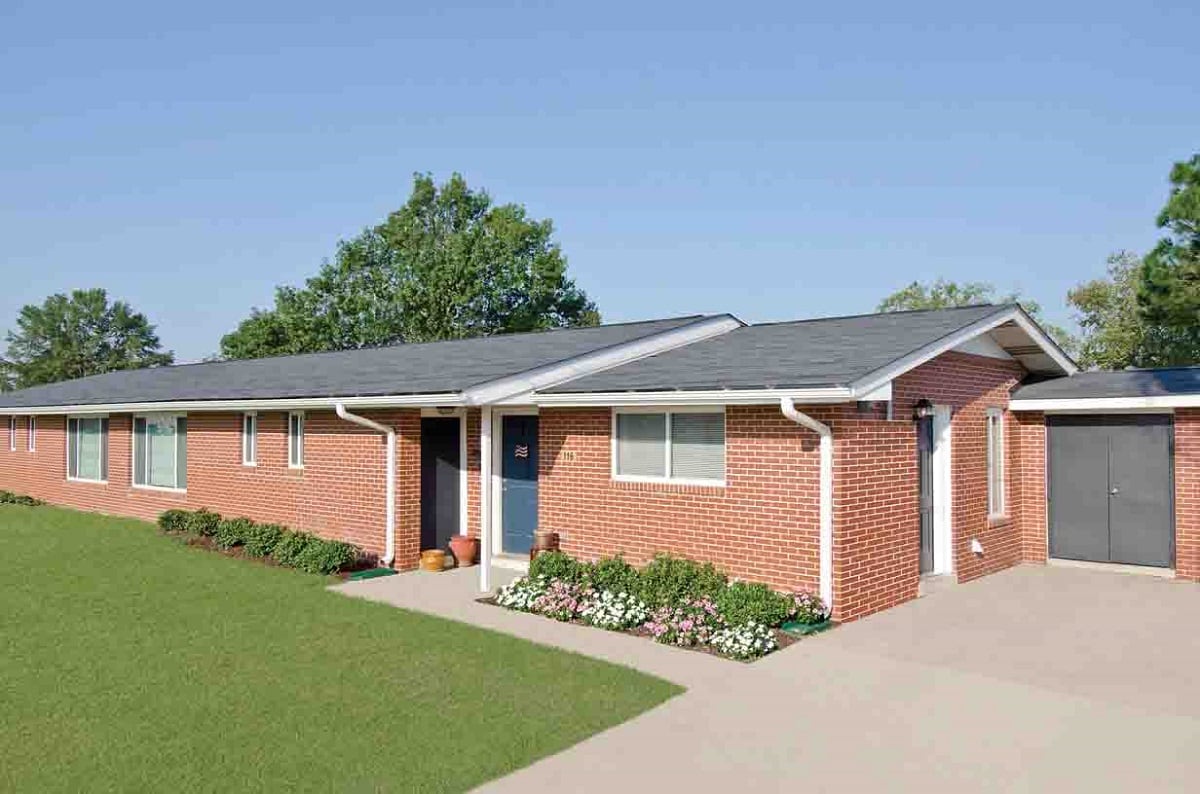Reports of mold, vermin and lead contamination in family housing units and a limited response to families’ complaints about the problems put the Defense Department’s privatized housing program under congressional scrutiny in recent months.
Two Army housing surveys conducted this year by an independent third party showed a drop in overall satisfaction rates from 2018.
The service is working to address those issues, according to Army Secretary Ryan D. McCarthy, and evidence of that should start percolating this winter.
McCarthy discussed the housing issue with Army Times leading up to the Association of the United States Army’s annual gathering. This Q&A has been edited for length.
What went wrong with the Army’s housing situation over the past few years?
A lot of it was, in 2014, taking the chain of command out of the process and not having the resources there to manage this and recognize you can’t outsource something like this.
You can have a partner, or a vendor, provide a service or a capability to help you, but ultimately, these are our families. This is something we are responsible for. We have to make sure that they have the appropriate quality of life that they deserve.
What is the Army doing to make it right in the near-term?
We put about 115 additional people against the management of these systems, reinserting the chain of command, putting apps on phones so you can manage a work order on your iPhone. So there were simple things that had to be done to just manage the process better.
RELATED

How will the Army stay ahead of the problem in the future?
The other [part] is working with the partner to emphasize the fact that we’re going to change incentive award fees so we can drive towards the appropriate behaviors to improve the quality of a work order, to decrease the span of time for work order completion.
We’re talking with them about what it would take in the form of cost to have a more aggressive or robust recapitalization plan, as well as the types of investments we make in our installations so it’s more innovative so that these communities are ... much more efficient, convenient.
You don’t just get yourself in a loop of repairing homes that are depreciating, then it becomes like a Band-Aid. We want it to be more creative.
What are the next steps and when will changes be seen?
Just recently ... one of the partners is launching about $360 million into the system, over $100 million of that is going to Fort Bragg alone. But we need more funding. And we’re looking at the manner in which we could increase not only the speed but the scale of the recapitalization schedule.
We’re very close on the [Tenant] Bill of Rights, and we’d like to get that done this fall. And we’re looking at a dispute resolution process as well. Part of that is [determining] who would be the appropriate third party that would work out that dispute between the vendor and the tenant.
A lot of good work has been done and I think you’ll start to see the results come in — noticeable improvement — in the late fall and winter time frame.
Correction: A previous version of this story misidentified the number of people hired to help with housing management. The correct number is about 115. The story has been updated.
Kyle Rempfer was an editor and reporter who has covered combat operations, criminal cases, foreign military assistance and training accidents. Before entering journalism, Kyle served in U.S. Air Force Special Tactics and deployed in 2014 to Paktika Province, Afghanistan, and Baghdad, Iraq.




